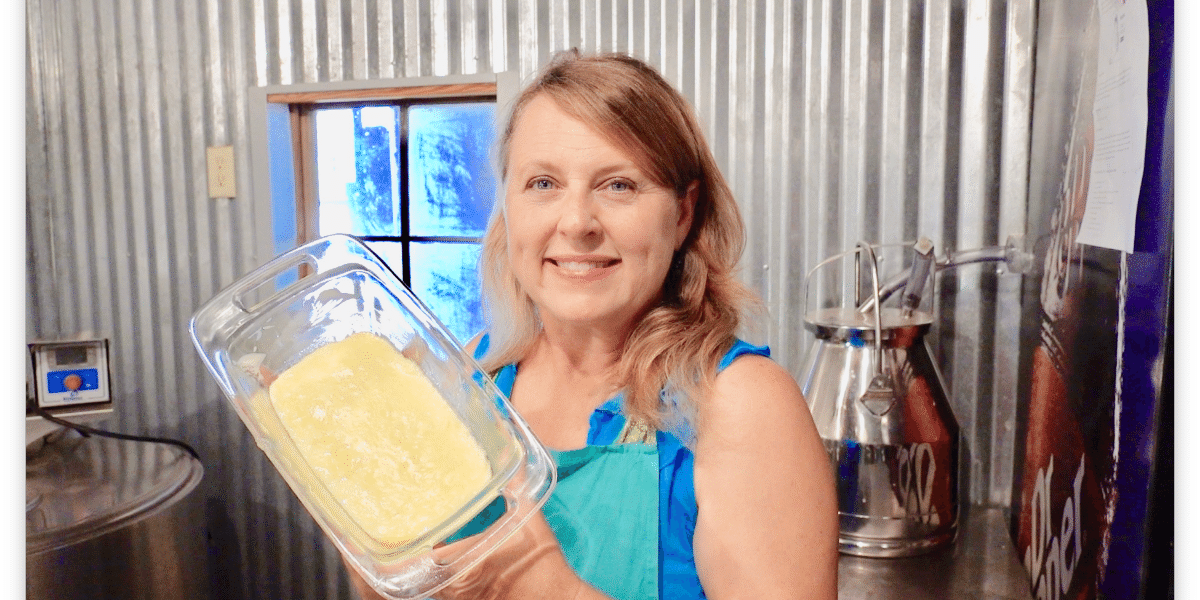Opening the Secrets of Artisanal Cheese Making: A Detailed DIY Guide
In the realm of cooking workmanship, artisanal cheese making stands as a testament to the fragile balance in between tradition and development. Each step in the procedure, from choosing the ideal milk to developing aging strategies, holds within it a wide range of understanding passed down via generations. As we embark on this journey to demystify the art of developing charming cheeses, we are confronted with a tapestry of abilities and keys waiting to be untangled. Join us as we discover the details of this old craft, where patience, art, and science converge to generate flavors that tantalize the senses.
Picking the Right Milk
When beginning on the journey of artisanal cheese making, the selection of milk plays a vital duty in establishing the high quality and qualities of the final product. The kind of milk chosen affects the flavor, texture, and on the whole account of the cheese.
When choosing milk for cheese production, it is vital to consider the fat material. Higher fat material in milk can result in a creamier and richer cheese, while lower fat material may bring about a drier and stronger appearance. Additionally, the resource of the milk, whether from cows, goats, sheep, or buffalo, adds unique flavors and characteristics to the cheese (Melbourne Made Cheese). Each kind of milk brings its own nuances, enabling a vast array of cheese varieties to be crafted based on the picked milk. Eventually, the choice of milk is a fundamental decision that sets the structure for an effective artisanal cheese-making venture.
Culturing and Coagulating
To launch the cheese-making procedure, the critical actions of culturing and coagulating need to be very carefully performed to transform milk right into curds and whey. Culturing entails introducing valuable microorganisms to the milk, which then begins the fermentation process. These germs convert lactose (milk sugar) into lactic acid, developing the acidic atmosphere required for coagulation. The kind of culture used can significantly influence the flavor, appearance, and ripening of the final cheese item.

The timing and temperature control throughout culturing and coagulation are essential aspects that affect the final end result of the cheese. Proper implementation of these actions is vital to ensure the wanted structure, flavor, and consistency of the artisanal cheese being produced.
Draining Pipes and Pressing Curds
After the milk healthy proteins have coagulated and the curds have actually been reduced to launch whey, the next essential action in artisanal cheese making includes draining and pressing the curds to achieve the preferred structure and uniformity of the final cheese item. Draining is the procedure of separating the curds from the whey. This can be done by transferring the curds into a cheesecloth-lined bowl-shaped sieve or mold and mildew and enabling the whey to drain off naturally. The moment for draining pipes can vary depending on the kind of cheese being made and the wanted dampness material.
When the curds have actually adequately drained pipes, the next step is pushing. Pushing assists eliminate any continuing to be whey and compacts the curds to develop a solid cheese wheel. Pushing can be done utilizing specialized cheese presses that apply consistent and mild see this stress over an amount of time. The duration and pressure used throughout pushing will certainly influence the last structure of celebrity, from soft and creamy to tough and firm. Correct pushing and draining pipes are crucial steps that considerably affect the high quality and qualities of the artisanal cheese being produced.
Aging and Flavoring Techniques
Applying meticulous aging and flavor techniques is essential in improving the depth and intricacy of artisanal cheeses, raising their taste accounts to splendid levels of improvement and class. Aging plays an important role in developing the special flavors and structures that distinguish artisanal cheeses.
Seasoning techniques likewise contribute substantially to the last taste of artisanal cheeses. Cheesemakers may pick to introduce extra flavors by including components such as herbs, flavors, or perhaps fruits right into the cheese during the production process. Additionally, some cheeses are washed or scrubed with various liquids, such as salt water or alcohol, to boost their appearances and tastes.
Wrapping and Keeping Cheeses

Conclusion
In verdict, mastering the art of artisanal cheese making entails carefully picking the right milk, complying with specific culturing and coagulating procedures, draining pipes and pressing curds efficiently, and using numerous aging and flavor methods. Bear in mind to wrap and save your cheeses effectively to guarantee optimum flavor and texture development.
Each kind of milk brings its own subtleties, permitting for read what he said a vast array of cheese Extra resources ranges to be crafted based on the picked milk.After the milk healthy proteins have actually coagulated and the curds have actually been cut to release whey, the next vital step in artisanal cheese making entails draining and pushing the curds to attain the wanted appearance and consistency of the final cheese item. A lot of cheeses need to be wrapped in wax paper or cheese paper to enable them to breathe while safeguarding them from drying out. For cheeses that need to continue aging, such as bloomy rinds or washed skins, guarantee they are stored in an amazing setting like a cheese cavern or a refrigerator established to the proper temperature. By paying focus to the wrapping and storage space of artisanal cheeses, cheese manufacturers and lovers can protect the honesty of these delicacies and completely enjoy their complex flavors.